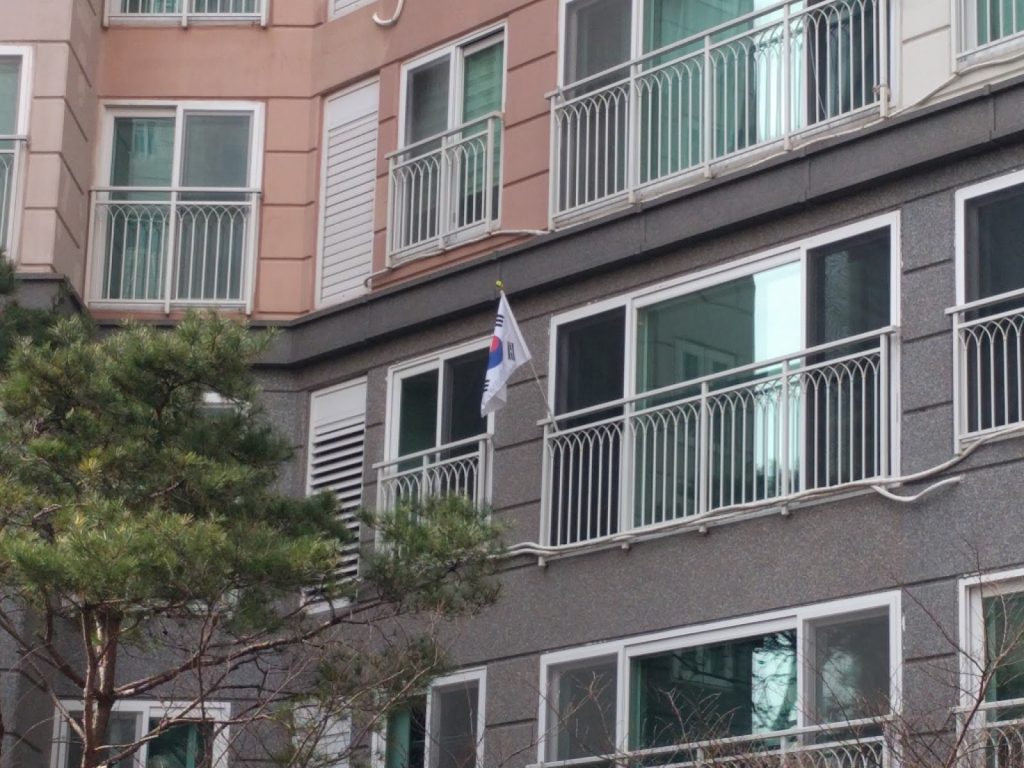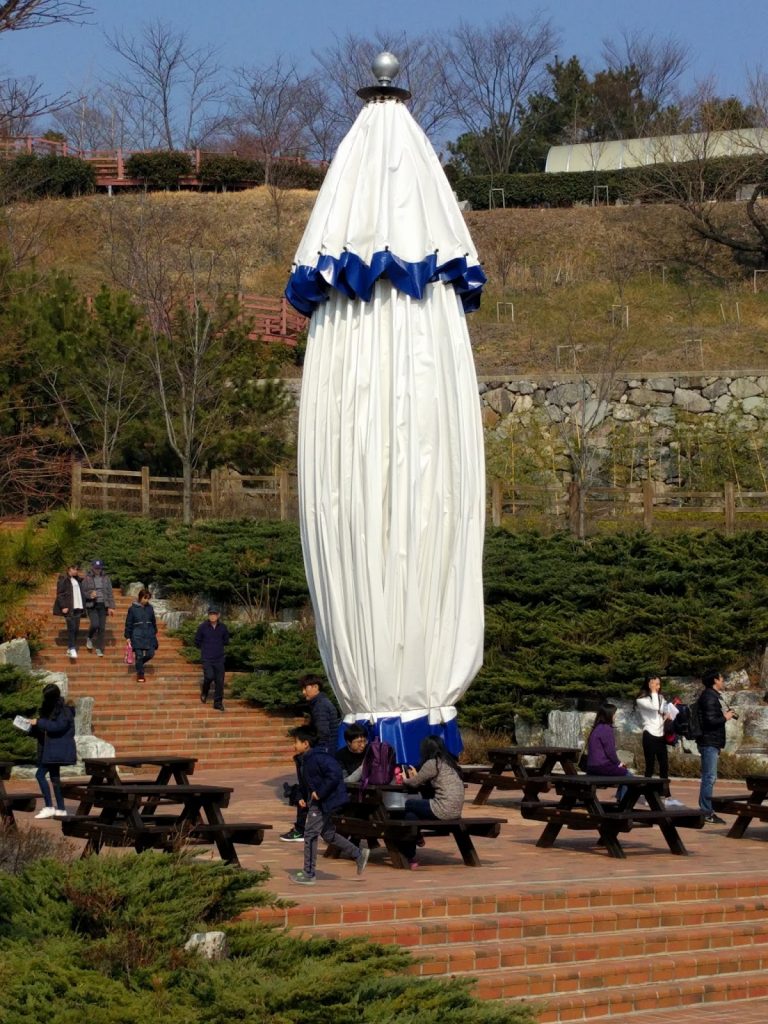A couple weeks ago, Korea celebrated Samiljeol (literally, “three one festival”) or Independence Movement Day. It takes place on March 1 (hence the 3-1) and commemorates the Korean people’s mass demonstrations against Japanese colonial rule that began on March 1, 1919.
A full discussion of the Japanese occupation (1910-1945) will have to wait for another day, but suffice to say: the Japanese were total jerks and Koreans hate them to this day. Well, the first part is a bit of an understatement and the second is a bit of an overstatement, but there’s still a lot of bad blood there. Some people say, “It was 100 years ago! Things are different! Japanese young people weren’t involved in all that…” While this is true and the world is a different place today, it’s also true that the Japanese were really, really big jerks (read: monarch assassination, destruction of cultural artifacts, banning the language, stealing land, and eventually forced prostitution, slave labor, and even concentration-camp-style medical experiments), and they haven’t fully atoned for it, and they kinda whitewash it in school history books, so… yeah. It’s a complicated situation.
But on that day, a group of Christian,* Buddhist, and Cheondogyo** religious leaders and nationalists read out a Korean Declaration of Independence, inspired by US President Wilson’s “Fourteen Points.” This sparked a series of mass protests throughout the country. An estimated 2,000,000 Koreans participated in largely peaceful protests over the course of several months.

Japanese response was, not surprisingly, rather harsh. (Colonial rulers are never nice.) Thousands of Koreans were killed, thousands more wounded, tens of thousands were arrested, tried and executed, and hundreds of homes, churches and even a couple schools were destroyed. Many of the movement leaders fled to China and began the Korean Provisional Government, a sort of Korean government in absentia.
And while independence was not granted, many historians believe this movement and its nationalist fervor signify the beginning of modern Korea. After quashing the protests, Japan appointed a new governor-general and even gave Korea a bit more freedom. At least, until Japan started up its military war machine in the 1930s and colonial oppression got way, way worse. Independence finally came when Japan surrendered to the Allies in 1945. But Korea was then divided up between the Americans and the Soviets, which led to the Korean War in 1950 and millions more Korean deaths… But, again, that’s a discussion for another time.
Today, Samil is a national holiday with schools and businesses closing, so both Aaron and the kids had the day off. We took the opportunity to visit the Goseong Dinosaur Museum. It was pretty busy, as many other families had the same idea.
There’s not much to say about the museum itself. It’s a dino museum, with a bunch of dino bones and dino statues. One room full of animatronic dinos required entry through a large, gaping dino mouth – you pass under sharp teeth and walk along his tongue. It’s dark, with growling noises, and my kids wanted none of it. Lena eventually took my hand and squealed her way through, but Connery required a bit more coaxing. Aaron pointed to the wall behind him and said, “What is that??” Connery turned to look and Aaron took the opportunity to grab the boy, hoist him over his shoulder, and run through the mouth. After that, Connery said the dino mouth was his favorite part. … Sometimes, I really wonder how child minds work.

We didn’t spend much time in the museum, because the highlight of the museum is actually its grounds. The property sits along the top of a hill right on the coast. The views are fantastic (though it was somewhat smoggy the day we were there), and dino-themed playgrounds are scattered everywhere along the hill. There are walking paths, a hedge maze, a collection of random animals (deer, peacocks and rabbits), a small coffee shop and a cup-noodles café, picnicking areas, and a (currently under construction) observation tower. One path leads to a nearby beach with one of the world’s largest dinosaur footprint fossil sites. We skipped the fossils this time around, because it was a kilometer away and we ran out of time after our GPS sent us to some random town a half hour past the museum. But at $3 a head, we’ll definitely be back.









*I kind of wonder if the reason Christianity took hold in Korea is because of this association with Korean nationalism. In most other Asian nations I’ve visited, Christianity was historically seen as a religion of colonial oppressors or foreign influence.
**Cheondogyo is a Korean religion with Confucian and shamanistic roots that began in the 19th century. It emphasizes improving oneself and bringing peace and justice to earth, rather than a belief in a supernatural God or afterlife. There are about a million followers in South Korea, and apparently triple that in North Korea.


